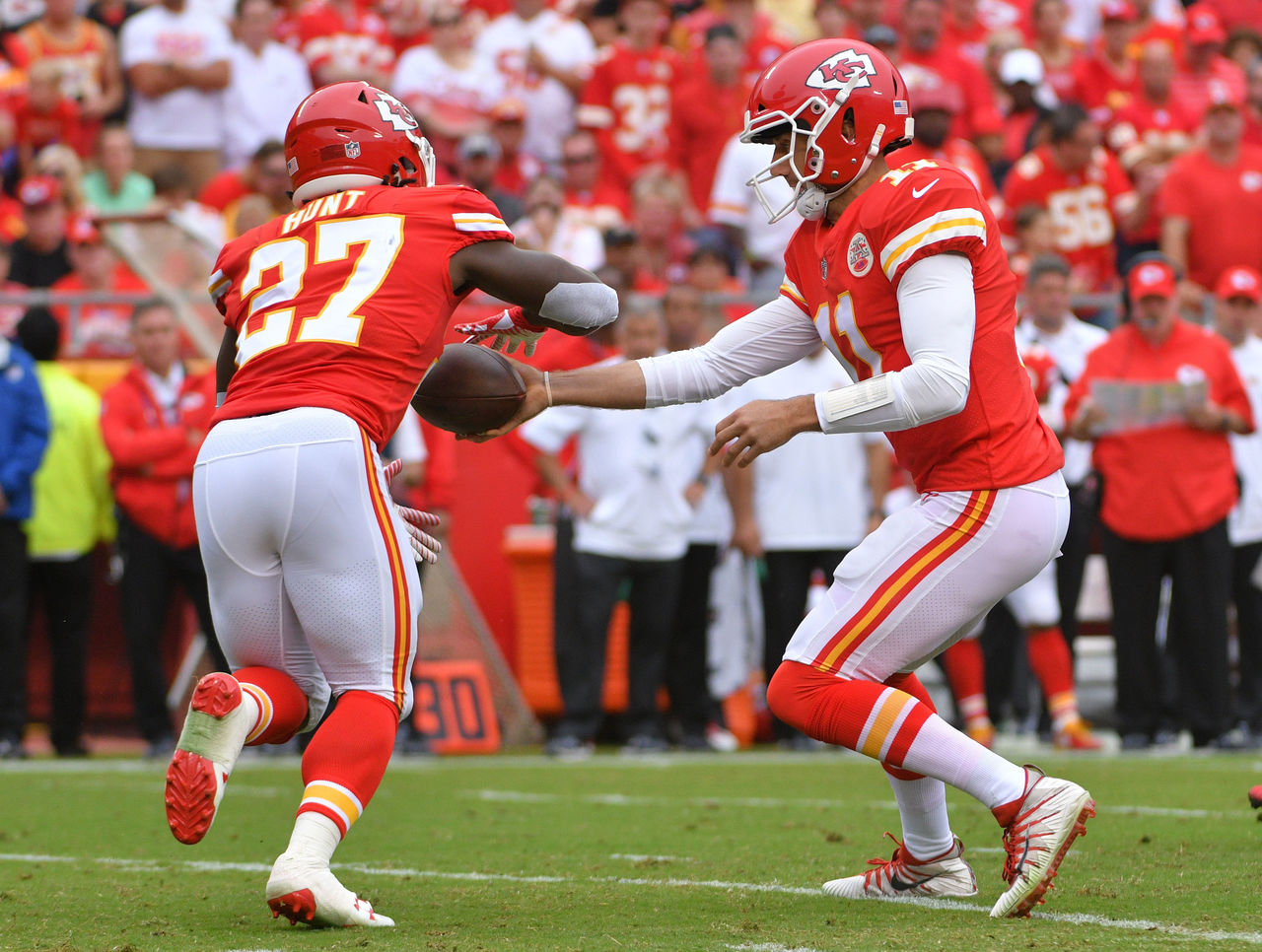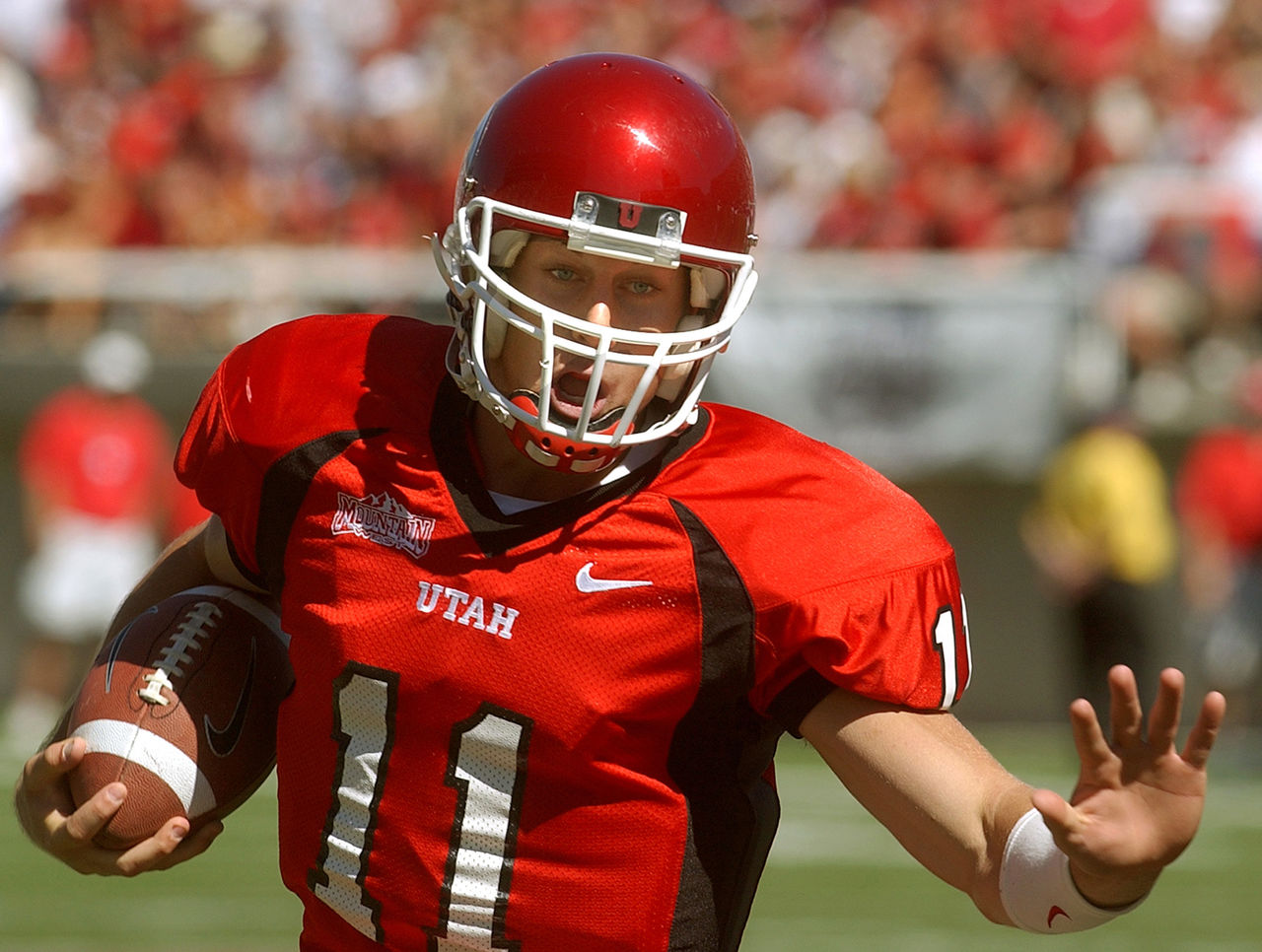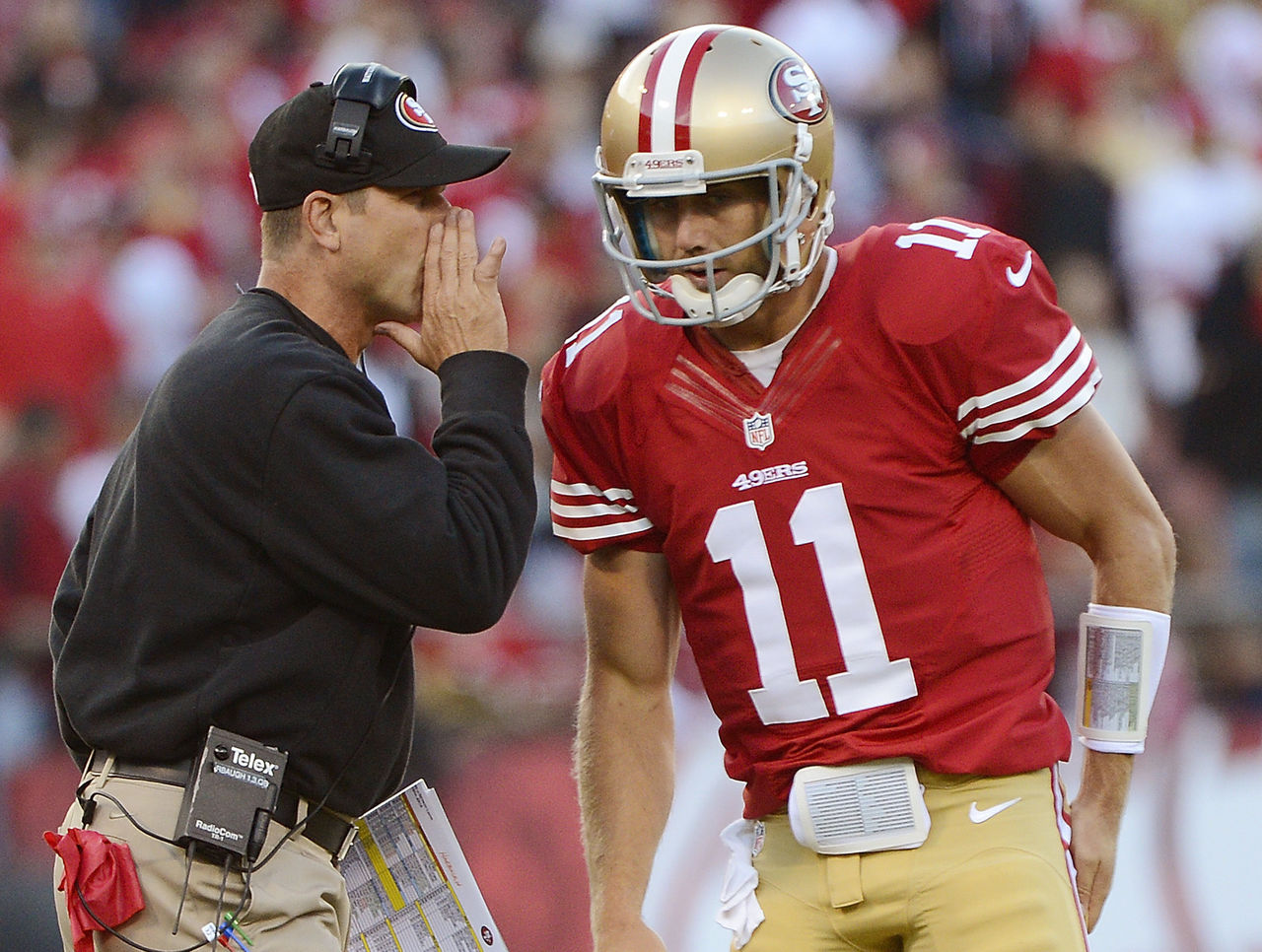Sage Rosenfels column: Hail to Alex Smith and the Chiefs' spread offense
Sage Rosenfels is a former 12-year NFL quarterback who writes, does radio, and podcasts about the NFL and college football. Find him on Twitter @SageRosenfels18.
The offensive explosion by the Kansas City Chiefs has been one of the biggest surprises in the first two weeks of the NFL season. Since Andy Reid became head coach in January 2013, the defense has been the most consistent and feared component of his football team.
Though the defense is still stout, the offense has significantly improved this year. This combination has them listed at the top of many NFL power rankings. The recent awakening of the Chiefs' offense is due to a perfect storm of great athletes, coaching, and a quarterback who is finally maximizing his strengths.
Let us start with the athletes. One of the reasons the Chiefs have become the most explosive offense in the NFL is because they have drafted skill position players who are untraditional.
Travis Kelce is as versatile a tight end as there is in the league. He can line up in a regular 3-point stance and beat inside linebackers with ease. Also, the Chiefs like to split him out wide as a receiver, and will throw him the ball regardless if there is a safety or corner covering him. Last year he took a wide receiver screen 80 yards for a touchdown.
Sunday, quarterback Alex Smith tossed Kelce a shovel pass which he turned into a 15-yard touchdown. These types of plays are usually designed for running backs and slot receivers - not 260-pound tight ends.
Their No. 1 wideout doesn’t fit the mold of a traditional receiver, either. Tyreek Hill is built more like a running back than Julio Jones or Dez Bryant. He is only 5-foot-10 and 190 pounds, but can take any ball he touches to the house. His big-play potential makes him as dangerous as any offensive player in the NFL.
Of their other receivers, Chris Conley, Albert Wilson, and De’Anthony Thomas, only Conley is taller than 5-foot-9. The Chiefs have been drafting athletes who were playmakers in college, but didn’t pass the eye test that most NFL scouts and coaches look for in traditional NFL wideouts.
In a year that saw multiple NFL teams draft highly sought-after running backs in the first two rounds, the Chiefs found Kareem Hunt, out of Toledo, in the third round. Hunt’s college head coach, Matt Campbell, who is now at my alma mater Iowa State, is a fantastic recruiter who has another NFL-level running back in Ames this season.
Hunt has been outstanding. His 229 rushing yards and 7.6 yards-per-carry average lead the NFL. He also has eight catches for 126 yards, good for a 15.6 yards-per-reception average. Still, you don’t need to look at his stats to see that Hunt is a special back. His power and explosiveness jump out at you every time he touches the ball.

(Photo courtesy: Action Images)
The Chiefs have drafted and signed untraditional athletes from untraditional schools. They also have an untraditional coach.
Reid is the mastermind of this offense. Reid, a west coast offense expert, has always had one of the more creative minds in football. Though the west coast offense has concepts that every NFL team runs, Reid has recently been mixing those old school approaches with plays generally only seen in spread offenses in college football.
Not only has Reid installed these concepts, he has pushed his scouting department to find more skill-position players that can maximize their talents in a spread system. He is a chef who has wisely chosen his ingredients.
These spread offense concepts aren’t new to the NFL. They worked well for Colin Kaepernick, Robert Griffin III, and even Tim Tebow. But over time, NFL defenses were too smart and quick for these spread style offenses. Or were they? These three quarterbacks were better runners than throwers, which isn’t uncommon in this type of system.
They also didn’t have "athletes" to deliver the ball to. Kaepernick had Michael Crabtree and an almost-retired Randy Moss at receiver. RG3 and Tebow had Pierre Garcon and Demaryius Thomas, respectively. These guys are all good NFL receivers, but none have the multifaceted talents of Hill or Kelce.
The 49ers, Redskins, and Broncos tried to run a spread offense because they had a spread quarterback. The problem is that the rest of the roster was built for a more traditional passing attack.
The key to the Chiefs' offense is their quarterback. To understand why Smith is the perfect signal-caller for this system, you must go back and analyze his entire college and pro career.

(Photo courtesy: Getty Images)
At the University of Utah, Smith was coached by Urban Meyer, the current Ohio State head coach. Meyer, following an undefeated season at Utah, left to coach at Florida. He may not have been the originator of the spread offense in college football, but he deserves much of the credit for bringing it into the national spotlight, winning two national championships with Tebow at Florida.
After Utah, Smith was the No. 1 pick in the 2005 draft. Though he didn’t have a strong arm, he was a great athlete who was an accurate thrower. Also, Smith had every intangible that NFL teams want in their quarterback. He was mature, smart, tough, a leader, and a winner. You generally can’t check off every box when you draft a quarterback into the NFL. Arm strength was Smith’s only noticeable weakness.
The 49ers immediately tried to make Smith a traditional pocket passer. Despite being an excellent runner in college, Smith ran the same systems that made Joe Montana and Troy Aikman Hall of Famers. The 49ers repeatedly failed to make the playoffs, and Smith rarely looked like a franchise QB.
Smith’s career trajectory dramatically changed when Jim Harbaugh was hired as coach in 2011.
Harbaugh, who had a long NFL career as a starting quarterback, came from the college game where spread offenses were becoming the norm. Though Smith played well under Harbaugh, he was replaced by Kaepernick. Those 49ers teams were loaded on defense, and their offense pounded opposing defenses on the ground.

(Photo courtesy: Getty Images)
Harbaugh picked who he felt was the better of his two quarterbacks for this type of attack. Smith was the better thrower, but Kaepernick was a dangerous runner. Harbaugh rode this strategy to within a few plays of the Lombardi Trophy, and Smith was later traded to the Chiefs.
During his time in Kansas City, Smith has become the poster child for the term "game manager." He has been a consistent winner, many times in unexciting fashion. Smith’s lack of big-play fireworks caused the Chiefs to trade up for the biggest arm in the 2017 draft, Patrick Mahomes II. Smith has responded by leading Kansas City to over 900 yards of total offense in two games.
Smith is the perfect spread-game quarterback, if there can be such a thing in the NFL. No matter how good of a runner a signal-caller is, he must be an accurate passer first. Smith is one of the best short and mid-range quarterbacks in the league. Smarts plus accuracy equals completions.
Defensive coordinators try to take away the strength of an offense. The Chiefs' offense has incredibly explosive athletes at every skill position. They have Andy Reid's creative mind to put these players in space to test every level of a defense. Lastly, they have the perfect trigger man in Smith.
This Chiefs' offense seems to have improved overnight. But in reality, this offense is 15 years in the making.
HEADLINES
- Caleb Williams lauds Chicago, wants to play '20 years' for same team
- Booser arrives in majors with Red Sox after becoming carpenter in 2017
- Michael Porter's brother Coban given 6-year sentence for fatal DUI crash
- Bills owners explore selling minority stake in franchise
- NBA Podcast: Warriors postmortem, untimely injuries, 1st-round preview